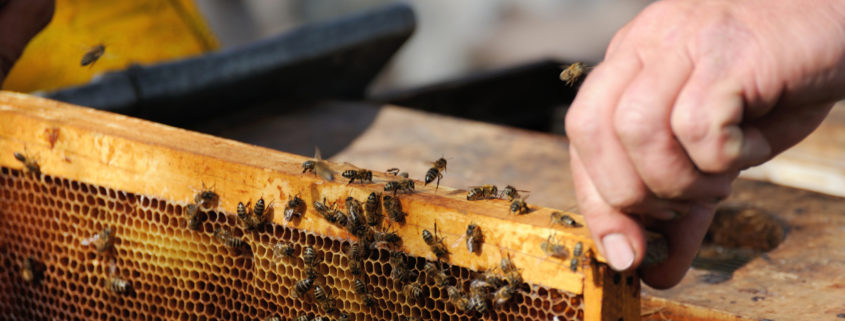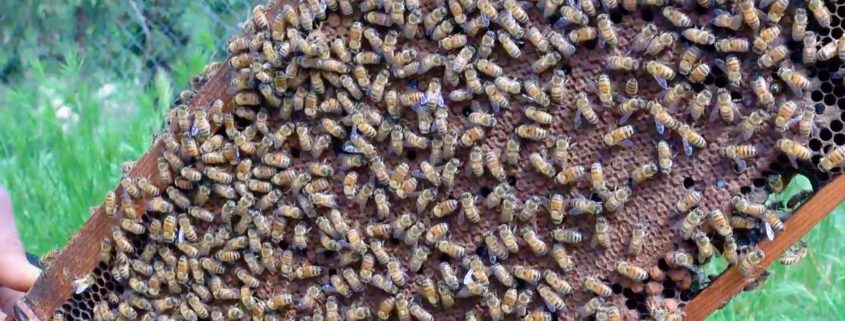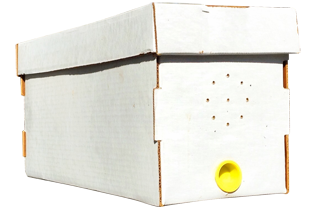The Importance of Dividing Beehives
In the wild, a healthy colony of bees passes through an ongoing cycle. A wandering swarm becomes established in a secure location and becomes an established beehive. This new beehive builds out honeycomb, and the queen, which arrived with the swarm, begins laying new brood. Over time, the beehive grows and the hive fills with honey stores and bee population. Then, when conditions are favorable, the colony prepares to swarm. The colony raises a new queen for itself, and the old queen leaves with a good percentage of the population to start the swarming process again.
Beehives are used to dividing themselves. It is how they reproduce to ensure the survival of their species. If honeybees didn’t swarm, the entire species would be vulnerable to adversity. By swarming and dividing itself in half, a beehive reduces its risk to adversity in half. If the original colony perishes, the swarm is still available to carry on, and vice-versa. If the swarm does not make it, the original colony can grow back to size and swarm again later.
As a beekeeper with managed hives, you should be thinking about the same concept of dividing your beehives for managing risk and adversity. If you have only one hive and something adverse were to happen to it, you would be completely wiped out. If, however, when conditions are favorable, you decide to divide your colony into two beehives, you would greatly reduce your risk towards losing your entire endeavor. It is a common rule of thumb that approximately 30% of beehives die each year. Therefore, just by dividing your colony into two, you reduce the risk of being completely wiped out from 30% to 9%. (30% x 30%). And if you were to divide your colony into three hives, you would reduce your risk all the way down a mere 2.7% (30% x 30% x 30%).
This is the same risk-avoidance principal that wild hives follow in nature by swarming. As a conscientious beekeeper of managed colonies, it is essential that you learn good techniques of dividing your colonies so that you can also stay around for the long-haul. (For a relatively easy technique of dividing your colony without having to look for the queen, please check out our video entitled “Prepare a Four Frame Nuc.”)





